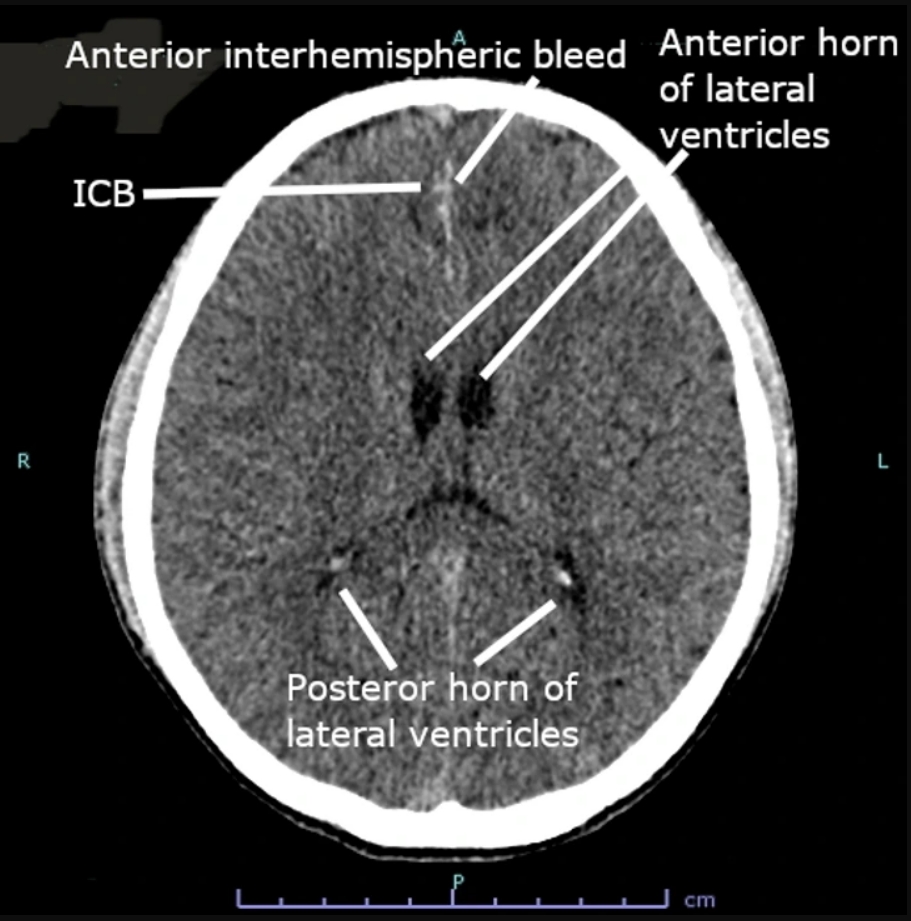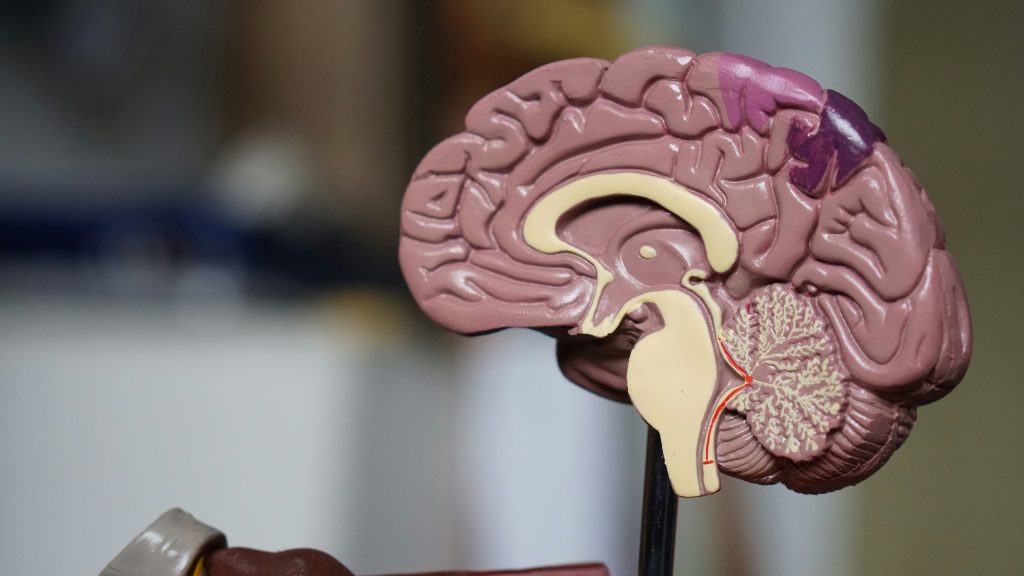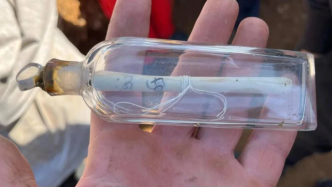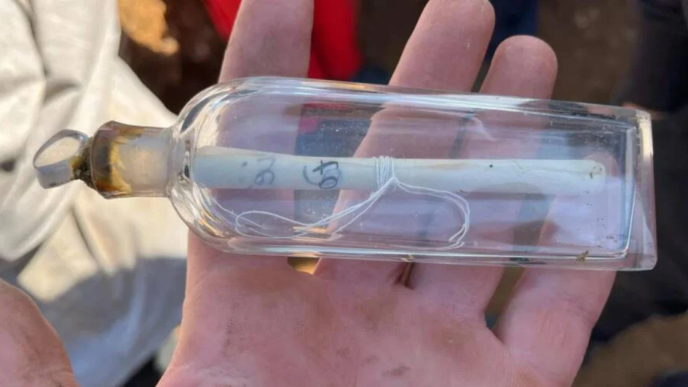A Florida man visited the hospital due to worsening migraines. At 52 years old, he experienced these painful headaches weekly. Initially, doctors suspected he had congenital neuroglial cysts after identifying a mass on a CT scan. However, subsequent testing, including an MRI, determined that the mass contained tapeworm larvae in his brain.
The patient was unaware of this issue. During his hospital stay, further examinations confirmed that the masses were not cysts, but tapeworm larvae. A report in the American Journal of Case Reports noted that the “Cysticercosis IgG Cysts antibody returned positive, confirming the suspicion of neurocysticercosis.”
According to the CDC, neurocysticercosis is a preventable parasitic infection resulting from larval cysts of the pork tapeworm, Taenia solium. These cysts can invade various body parts, leading to cysticercosis. When they affect the brain, it is classified as neurocysticercosis, which may trigger seizures.
The CDC warns that neurocysticercosis is the most dangerous form of the disease affecting the brain and can be lethal.

The study indicated that cases of neurocysticercosis in the U.S. are quite rare, and often linked to specific exposures or travel. It was once believed that such occurrences were nonexistent in the country. Additionally, the report suggested that encountering infected pork in the U.S. has been historically infrequent, posing potential public health concerns based on their findings.
Although the man claimed he did not eat raw or street food, the report disclosed that he regularly consumed lightly cooked bacon throughout his life. Doctors speculated that this eating habit could be the origin of his infection.
Maintaining good hygiene is essential for a healthy life. The report suggested that the man’s cysticercosis might have arisen through autoinfection. This means that after contracting taeniasis (tapeworm infection) due to his dietary choices, inadequate handwashing could have allowed the transmission of the cysticercosis larvae.
The CDC outlines the unsettling path the parasite takes to reach the brain after ingestion.
Here’s how it happens:
- A person eats undercooked pork that contains tapeworm larvae, leading to an intestinal tapeworm infection.
- The infected individual excretes tapeworm eggs in their feces.
- If handwashing is not done correctly after using the bathroom, the eggs can contaminate food or surfaces.
- Another person might inadvertently ingest these eggs by consuming tainted food.
- Once inside the body, the eggs hatch into larvae and migrate to the brain, resulting in neurocysticercosis.
The man was treated with antiparasitic and anti-inflammatory medications, as detailed in the report, and was advised to visit an infectious diseases clinic for follow-up care.
Sound hygiene is vital to preventing the spread of neurocysticercosis, which is caused by tapeworm larvae in the brain. Proper handwashing after using the restroom can prevent the distribution of tapeworm eggs, which can infect others through contaminated surfaces or food.

It is also important to handle and cook food properly, ensuring the pork is fully cooked to prevent swallowing tapeworm larvae and becoming infected. These basic hygiene practices are crucial in stopping the spread of parasites and maintaining everyone’s health.
To avert neurocysticercosis, practicing good hygiene is essential, not only for personal cleanliness but also while handling food. Adhering to hygiene standards and safe cooking practices reduces the likelihood of contracting tapeworm infections and developing neurocysticercosis. By being mindful of hygiene, we can mitigate the spread of parasites and foster a healthier community.













